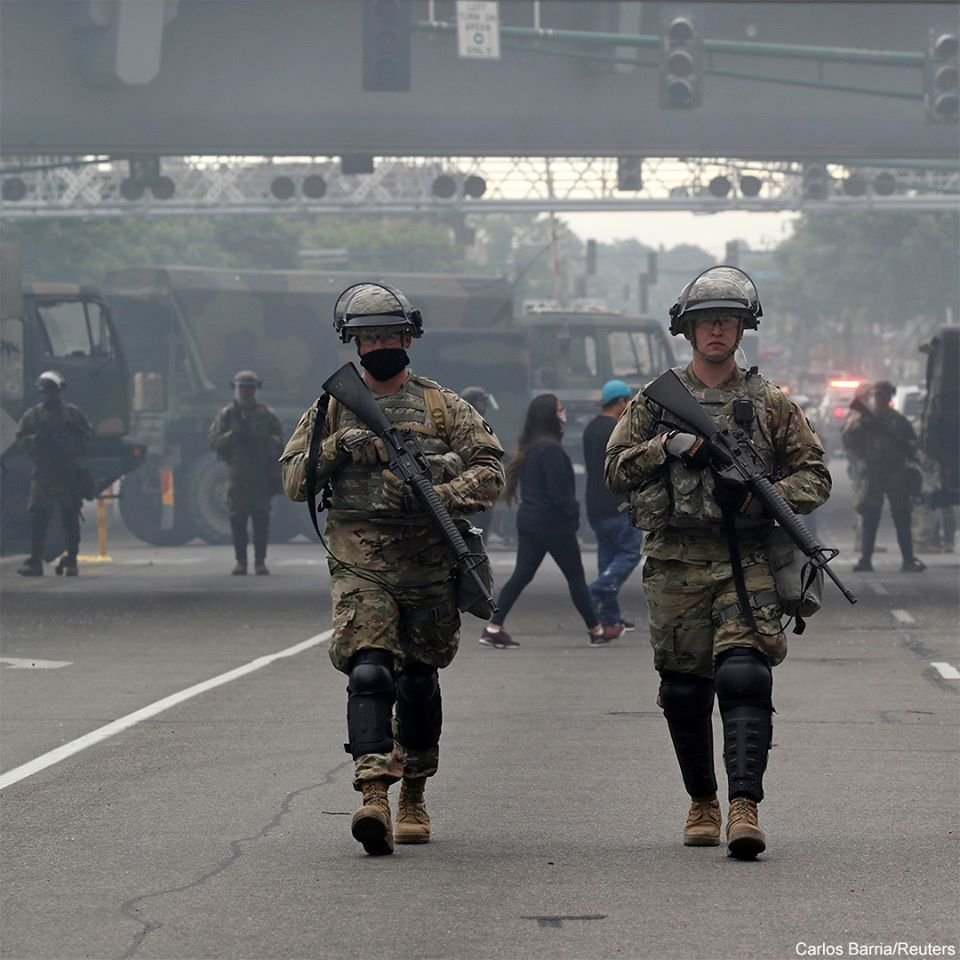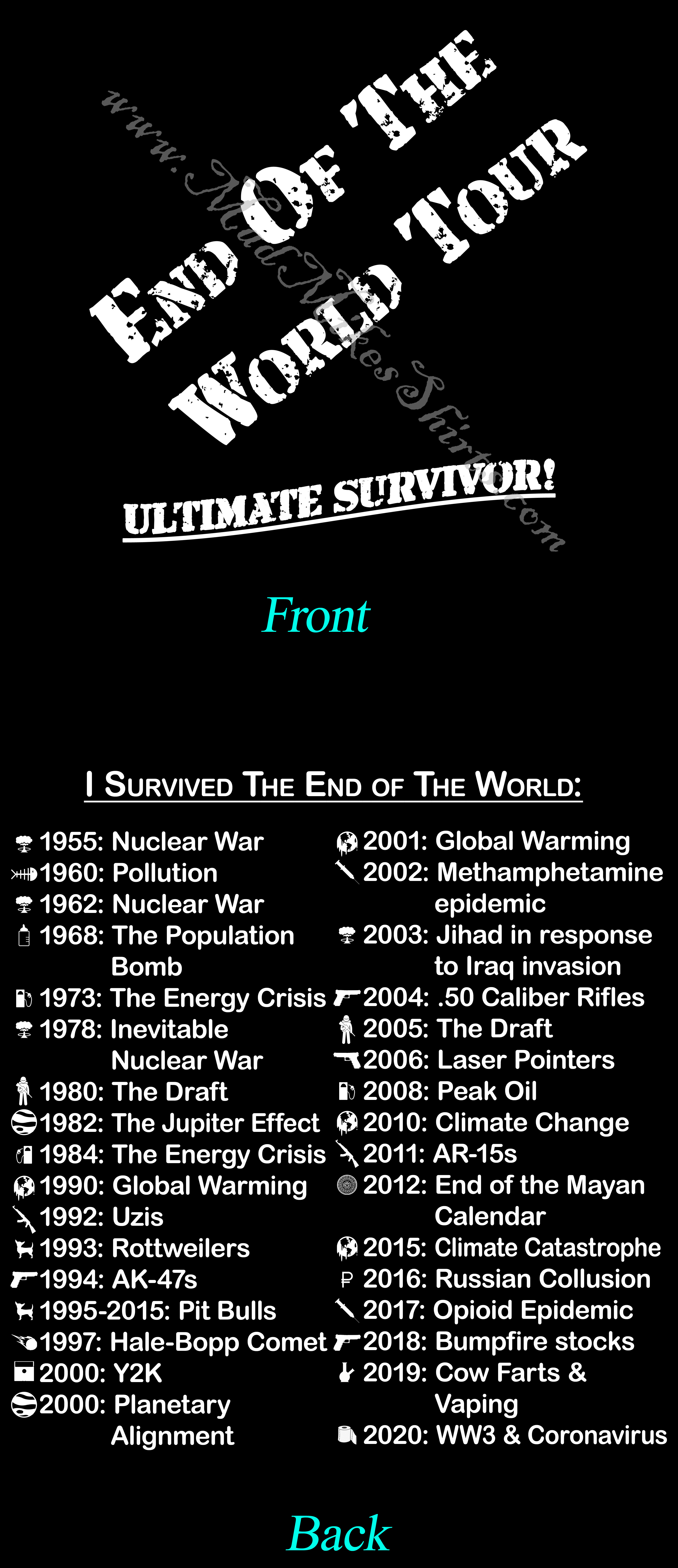Home
- Details
- Written by Michael Z Williamson

Right. The governor tells the Adjutant General he wants troops on State orders for riot control. The two have to discuss how many, what units the AG recommends, based on capabilities and location, and then the AG issues orders, WHICH MUST BE WRITTEN UP (from a standard pattern) to make it legal. Then, those orders are disseminated to the unit commanders in question, who must then write subordinate orders for their troops regarding response, etc, and disseminate.
And then they can board vehicles and proceed to the staging area, and then to the area of operations. So, 12 hours is pretty damned good.
Back to the photo. The specific complaint in question is obviously that the weapons are unloaded.
Duh.
Those are US weapons, not MN weapons, and the state may not arm them in time of peace without federal consent. Nor do most Guard armories have crates of ammo sitting around. They draw ammo for training when they go to the range, or when deployed. They keep a small amount on hand for weapon security, document transport, and MPs doing MP things to secure military perimeters.
The same idiots complaining about this would complain if there was another Kent State. Even if the troops got pelted with rocks first. As happened at Kent State, btw.
It would certainly help if idiots would educate themselves before bleating on Twitter. But if they did, of course, they wouldn't be idiots and wouldn't be on Twitter.
- Details
- Written by Michael Z Williamson
Let's talk about the sole stupid twunt counterprotester at the May 1st protest. I feel no need to be polite because she was selfish, ignorant, and stupid.
She wore a crappy home-stitched mask they've proven to be worthless. She had about four stickers that seem to be from some medical organization, but which one I couldn't tell. Her sign was hastily made on a box end, and said, "Keep us closed and safe."
She made a big deal that the mask was "for your safety. I don't want anyone to get sick." She also claimed to be infected, which I expect was a lie, but if so, what was she doing out among us, even with a mask? Why is she working in medical facilities? That's bioterrorism, you little bitch. Though none of us are sick, so so much for Teh Covids. I assumed she was lying or I'd have had the cops on her right there.
I asked what she was doing at home, and she admitted she was not at home, but working. Oh, so it's keep EVERYONE ELSE home. Destroy their businesses and lives, fuck everyone, what about meeeeeeeee!
Previous generations survived the Depression, WWII and Korea, put men on the moon and invented computers, and my generation and the millennials are determined to destroy civilization over a fucking cold.
Take your bullshit "Science" that says you can have four people in a car but only two on a boat, 500 people in WalMart but none in church, people on East Coast beaches but not West Coast beaches, that people camping in remote locations are "endangering" others, your fetish masks and all the other bullshit, and shove it up your fucking ass.
- Details
- Written by Michael Z Williamson
Background: I came back from the Middle East in late 2008 and fell over ILL.  I'd cough until I hacked up blood, pulse hammering, drink some water, pass out for a couple of hours, repeat. Sinus drainage, congestion, the works.
The VA was as useless as the VA usually is, giving me 6 different medications to fix the symptoms, but not addressing the cause.  "But you feel better, right?"
Yeah, but I'd like to get back to when I didn't need 6 pills and inhalers a day to survive.  Even if it means surgery.
Found a good private doc (Dr Sanjay Vyas, Indiana Primary Care, highly recommended if you can get on his list), who did five minutes of tests and discussions and said, "I think you have severe allergy and asthma, see this guy."
Dr Garrick Hubbard, nationally rated, Indiana Allergy and Asthma Care. Also highly recommended. He even has workarounds for people allergic to allergy treatment. Yes, that exists.  My wife has that.
Now, a lot of vets came back with similar stuff, and we're still sorting out how much was environmental, contamination, etc.
Dr Hubbard did a bank of tests, determined I had several environmental allergies I'd had not before deploying, and asthma, same.  (My pre-deployment PT test was 50 pushups in 60 seconds, 50 crunches in 60 seconds, 1.5 mile run in 11 minutes, and 60 seconds later my resting pulse was 63 bpm). After deployment, they wouldn't let me run in case I died.  I was bad. See para 1.
So Dr Hubbard lays out this list of issues, tells me the treatment, tells me median recovery is about 70%.  Given that my 8 liter lung capacity was down to a functional 2 liters, that sounds great.
Five years later, I was unmedicated between shots, lung capacity over 5 liters, no need for an inhaler, and I very occasionally take a decongestant or antihistamine if the trees are really bad, or the wet leaves are getting moldy.  We've been tapering off the shots for a while and should be ceasing them shortly.
I want you to comprehend that my doctor is top rate.  My doctor who is an expert in breathing issues.
During the initial COVID panic, he was requiring patients to remain in the exam room for the 30 minute post-injection observation period.
As of last week, back to normal. Get your shots, sit in the waiting area, which is roomy and has good ventilation. The staff are still wearing masks.
So if you're going to sit there shrieking that "OH MY GOD! WE CAN NEVER SIT THAT CLOSE AGAIN OR WE WILL ALL DIE! BECAUSE SCIENCE! YOUR DOCTOR IS TERRIBLE AND YOU NEED TO FIND A BETTER ONE RIGHT NOW!"  Then I'm going to just note that Dr Hubbard knows more science than you, and has proven so.  I'm healthy again.
Stop shrieking about "Because science!" and actually look at some.
COVID is bad for vulnerable populations, especially the elderly. But it's not going to last forever, and there's no significant risk even to asthmatics, if you're responsible about your hand washing and coughing.
And the odds are there will never be a vaccine, nor will it matter by summer.
Idiots in comments will be mocked.
- Details
- Written by Michael Z Williamson
Congratulations! You've survived the end of the world (yet again)!
Accepting pre-orders now. DELIVERY DATE PENDING.  And we'll fix the typo.
http://www.sharppointythings.com/tshirts-End of the World Tour.html
Yes, the AR-15 is represented by an AK, and the AK by a Glock. Only the finest media reporting!
 
 
Page 14 of 127

